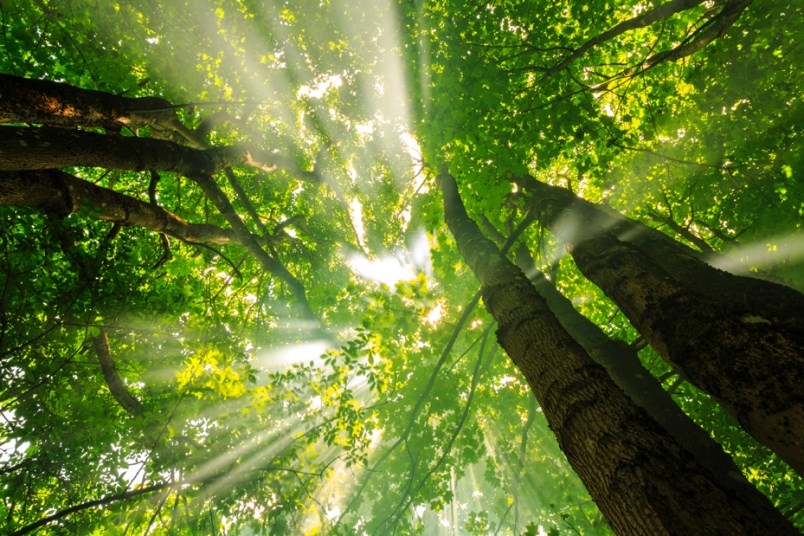District of North Vancouver council will take another look at its almost decade-old tree protection bylaw to see if the municipality could or should do more to protect trees within its borders.
Council members voted to request a staff report on the issue ahead of a council workshop.
Coun. Betty Forbes said a lot has changed since the district first brought in its tree protection bylaw. “A lot of development has come in in the last 10 years and we’ve lost a lot of trees,” she said.
Forbes said the issue was recently brought home to her when she was driving along Capilano Road and saw two lots “totally clearcut” in contrast to nearby lots with beautiful trees.
In another case, a community member pointed to a large tree in the corner of a property that was taken down so its roots wouldn’t be in the way of a planned redevelopment on the lot.
Fines aren't high enough, says councillor
Forbes said the fines for contravening the bylaws don’t provide any incentive for developers to obey the law. “I think a $500 fine for a 300-year-old tree is ridiculous,” she said. “There’s no built-in incentive for the developer to save that tree. It’s a cost of doing business.”
Couns. Jim Hanson and Lisa Muri agreed there is increasing community concern about tree removal on single-family lots where homes are torn down and rebuilt.
“The fines are a joke,” said Muri.
Muri also questioned staff about how landowners are getting away with cutting trees in nesting season for birds, in contravention of senior governments’ environmental regulations.
Richard Boase, environmental protection officer for the District of North Vancouver, said while the municipality advises owners of the environmental laws and restrictions, it does not monitor or enforce provincial or federal laws.
“Time is money and there’s lots of money involved right now,” said Muri. “I would bet there’s some clearing when they shouldn't’ be.”
Coun. Mathew Bond said when he was first elected he was told the district had one of the strictest tree-cutting bylaws in place.
“Most of our neighbourhoods started out as clearcuts,” he added.
Difficult to ban tree-cutting outright
Bond added while the district can make it onerous or more expensive for owners to cut trees, “It’s very difficult if not impossible for the district to ban or outright restrict an owner from removing trees on their land.”
“Some people like the sun. And they like the sun more than they like the shade and the trees,” he said.
Mayor Mike Little said he didn’t think the municipality should be interfering in what owners can do on their private properties. He added in interface areas close to the forest, it might be an advantage to cut down trees to limit the possibility of a fire spreading between urban areas and the forest.
Currently, the District of North Vancouver’s tree protection bylaw protects trees within streamside protection areas, on steep slopes and heritage trees, trees on the waterfront, wildlife trees and certain species like arbutus, Garry oak, yellow cedar, Pacific yew, Oregon ash and western white pine.
Owners must also get a permit to remove any trees on private land that are over 75 centimetres (30 inches) in diameter. Tree permits must also be granted if an arborist determines the tree is hazardous.
Council voted in favour of discussing the issue further in a council workshop.





